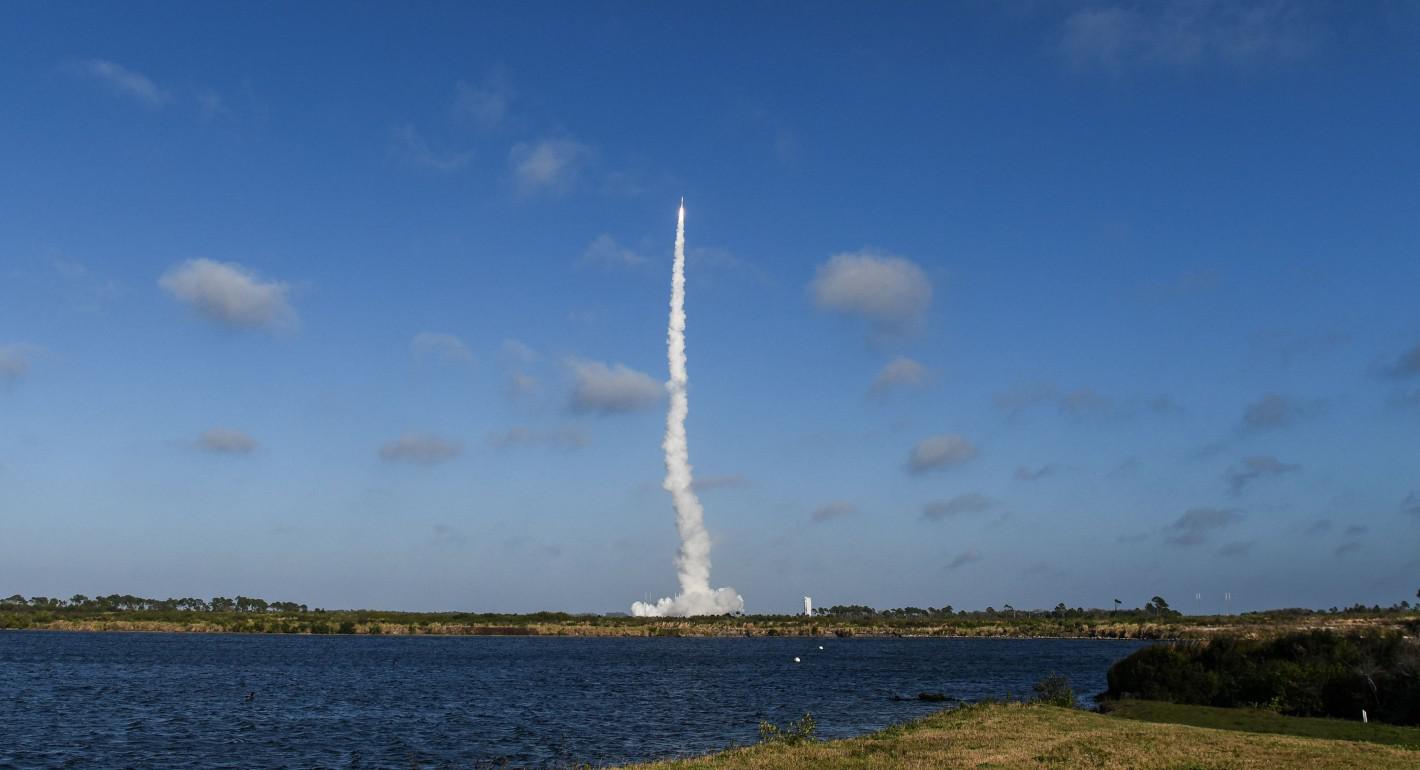Growing interest in networks of thousands of satellites in low Earth orbit (LEO)—often called megaconstellations—has elevated concerns about the sustainability of human activities in outer space. State and private actors alike are interested in deploying megaconstellations in pursuit of advantages in commerce and interstate competition, despite the attendant risks of orbital overcrowding and collisions between spacecraft. In response, states should collaboratively enhance multinational space traffic coordination to reduce the chances of collision and curb the spread of debris in orbit.
Plummeting costs of manufacturing and launching satellites into orbit have prompted companies and governments to reconsider previously cost-prohibitive satellite network designs that provide global coverage. Moreover, faster mass production practices and more accessible launch services enable operators to replace broken satellites more rapidly. The financial risks of mission failure have declined, leading to riskier operations that may hasten the proliferation of orbital debris from failed or failing satellites.
Thus far, governments have been slow to adapt regulatory oversight practices to address risks specific to megaconstellations, let alone override deployments. Yet major government stakeholders are beginning to voice concerns about the risks stemming from tens of thousands of new satellites in LEO. Within the U.S. government, NASA recently expressed concerns about SpaceX’s plans for its Starlink megaconstellation. In a letter to the Federal Communications Commission, which has regulatory responsibility for commercial satellite launches, NASA outlined how more megaconstellations could significantly hamper access to Earth’s orbits and constrain space activities.
NASA’s letter is a notable indicator of shifting perceptions of the risks of megaconstellations. NASA and SpaceX signed a ten-year commitment in 2021 to coordinate collision avoidance maneuvering. Under this agreement, SpaceX took the onus for moving satellites in its Starlink megaconstellation out of NASA’s way to preclude instances in which both operators attempt to avoid a collision between their satellites and accidentally maneuver into one another. Just over a year into the agreement, it appears that NASA considers this type of ad hoc arrangement insufficient for supporting space safety.
Several nongovernmental observers share NASA’s concerns that current space governance mechanisms cannot manage risks related to megaconstellations. It is unlikely that the sources of risks in LEO will abate in the imminent future. More megaconstellation deployments, operated by actors from multiple countries with various motivations, necessitate better space traffic coordination. An orbital traffic management system capable of handling new megaconstellations will require states to hold both their domestic industry and each other accountable for collecting, sharing, and analyzing data on satellites in LEO.
Currently, most of the world relies on the U.S. Department of Defense to collect and analyze data on objects in LEO. The 18th Space Control Squadron alerts the owners of spacecraft when analyses indicate potential conjunctions. These warnings are often rendered meaningless by significant margins of error, blurring expectations about risk-reducing behaviors. Even when analyses precisely uncover an imminent conjunction, there is no threshold collision probability that absolutely warrants an avoidance maneuver, nor globally accepted rules for how, where, and when to move.
To address the looming spike in imprecise conjunction warnings stimulated by a boom in megaconstellations, states should share relevant data about satellites in addition to orbital elements. States can build on existing measures such as the Long-Term Sustainability Guidelines, agreed to by members of the United Nations Committee on the Peaceful Uses of Outer Space, to foster cooperation on a centralized mechanism for data collection and conjunction analyses. Building on this foundation, states can establish and enforce rules about collision avoidance maneuvers. This would engender trust and transparency among state and commercial satellite operators alike.
The international community has arranged rules for terrestrial, maritime, and aeronautical collision avoidance. It is high time to establish similar rules for Earth’s orbits.


